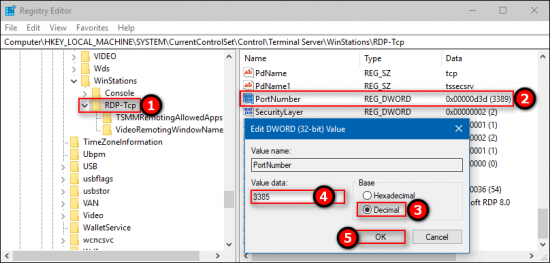
In the Services Administrative Tool (services.msc), the Print Spooler Service must have a status of “Started”. In Group Policy, “Do not allow client printer redirection” should not be enabled. In the user’s account (Active Directory or Windows Local Security Accounts Manager) -> Environment -> Client Devices, Connect client printers at logon should be enabled. In the Terminal Services Configuration Administrative Tool (tscc.msc) -> Connections -> RDP-Tcp -> Properties, Windows Printer Mapping must not be disabled, and connect client printers at logon should be enabled. If users are connecting via the Remote Desktop Web Connection (AKA Tsweb) the following must be set to “true” in the default.htm file. The Remote Desktop Client (mstsc.exe) must have Printers enabled. If an exact name match does not exist between the client and Terminal Server printer driver, auto-creation fails and errors 11 are written to the system event log. For this client printer auto-creation to happen, several conditions must exist: Print jobs created in the user’s session are routed from the Terminal Server to the associated client printer by way of a virtual channel in the RDP Protocol. 

If the name of the client printer driver matches “exactly” that of a printer driver that is installed on the Terminal Server, or is listed in the ntprint.inf (the file that lists the printer drivers that are built-in to the Windows Server installation, and can be loaded on demand) the client printer is successfully auto-created. When a user logs on to a Windows Terminal Server with the Microsoft Remote Desktop Client, the client sends information about the client’s printers to the Terminal Server. The Terminal Server uses this information to auto-create printers in the user’s session that correlate to the user’s local or network printers.






 0 kommentar(er)
0 kommentar(er)
